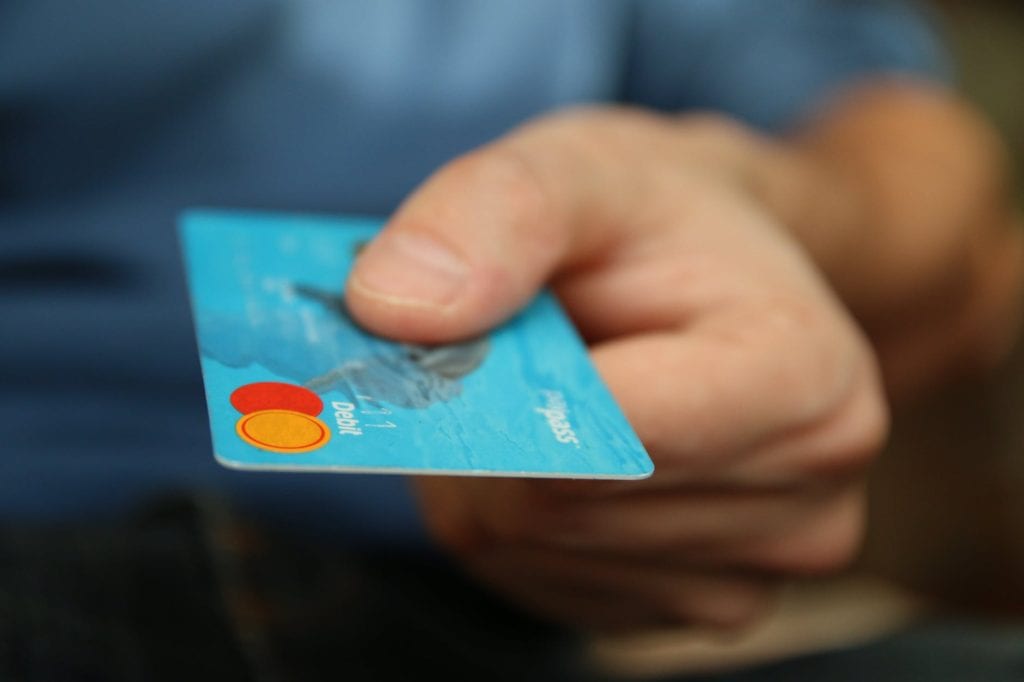Payment Methods & Pricing Strategies for Personal Trainers
13/07/2019
When I first started out as a personal trainer I had no idea about how to collect money from clients. Do I ask for cash? should I ask for a bank transfer? or write a cheque?
In this article I’ll go through the different payment options, I’ll also talk about different pricing strategies – super important if you want a successful PT business/career…
#1 Payment Methods

Firstly, let’s look at the different payment methods and the pros and cons for each…
Bank Transfer
Basically… you send out an invoice to your client with your bank details on, the client then pays you via online banking. I do this quite a lot in my business – it’s extremely easy to do, and a good way to keep track of your business numbers, and tax.
Cash
You can accept cash payments if you like, some clients prefer to pay cash in hand. If that works for you then great. Just make-sure to declare it to the Tax man.
Paypal
It’s super easy to create an invoice on Paypal and send it to clients. The only problem with this is that PayPal takes a cut. Let’s say you charge £400 for a personal training package, you will lose around £15 per package. £15 may not seem a lot, BUT if that happens 100x throughout the year then you’ve missed out on £1,500! I use Paypal for my e-books and online products, because I find it easy, but these products are only £10-20 so I don’t mind taking a slight hit for the sake of convenience.
Card Machine
Although I’ve never used a card machine for my business they can be a really easy way to take payments from clients. It means you can take payments just before a session, or take a deposit after a consultation. For example you could say it’s a £50 deposit and that this gets deducted of their overall package. It’s a good option to have. Again the downside is that you will either have to pay a fee to the card provider or pay for a card machine, both of which come at a cost.
#2 Pricing Strategies

Blocks of Sessions
This is a very common way for personal trainers to charge for their PT service. You offer different packages, for example a 10 session package, 20 session package and 30 session package. This way you can generate good cash flow for your personal training business and get your client(s) to commit to a decent amount of sessions so that they can get results. You could also offer a slight discount when customers sign up for more sessions e.g. they get a free session for every 20 sessions they buy.
Pay As You Go
I’m not a fan of this at all, although it can be done. I used to do it at the start, but haven’t done it for at least 6 years. From my experience it’s better to get clients to commit to a number of sessions. Your PT business is built on returning customers, not people turning up for one off sessions. You need regularity, not only for the cash flow of your PT business but also to give the client a period of time to actually get results (one session will not make a difference to their physique!)
Standing Orders/Direct Debits
This is the method I use the most in my business. Basically clients set up a standing order each month. On the first day of each month I receive an automatic payment from them (it’s basically like a gym membership) for example…
Bill trains 3x per week (£90 per week) x 52 weeks a year (£4,680) / by 12 months = £390 per month.
This is great because it’s like getting a regular salary, and also as clients are committing to a set number of sessions per month you know that you will be paid for those sessions…
Let’s say a client goes on holiday for a week, most PT’s wouldn’t get paid for the time that their clients away, but with a Standing order/direct debit system you still get paid. Most of the time it just means catching up when they get back e.g. if your client missed 3 sessions due to their holiday, you could do an extra session per week for the next 3 weeks to make up for it.
Also when you go away you still get paid, let’s say you take a week off at Christmas, most established personal trainers would therefore miss out on anything from £500-2k per week! Whereas with a standing order system you still get paid, you just have to play catch up.
I don’t do standing orders with all of my clients but I do it with around 60%, the other 40% I take block payments. It’s good to have a consistent monthly income, but it’s also good to have cash flow too – in the way of bigger blocks of sessions.
Also if I had 30 clients all on the standing order system and I take a week off, that means I have to catch up on 30 sessions (if you add this to your current schedule it’s a recipe for burnout!) So I think it’s good to have a mix of both Standing orders/ people paying for larger blocks of sessions.
Another benefit to the standing order/ direct debit system is that it’s often easier for clients to pay as most people get paid monthly. If you get someone to try and sign up for 30 sessions all at once (let’s say £900 for the package) that’s quite a lot of money for lots of people. Whereas allowing them to make a payment of £300 per month for 3 months can be much more feasible.
Thanks for reading,

Nick 🙂
More help for personal trainers…

If you’re a personal trainer who wants more help with your business then why not check out my blog for personal trainers – there are over 80 free articles on my site. You could also check out my ebook – The Ultimate Guide To Building Your Personal Training Business – I share all of my secrets and guide you through everything you need to know/do in order to succeed in the personal training industry.